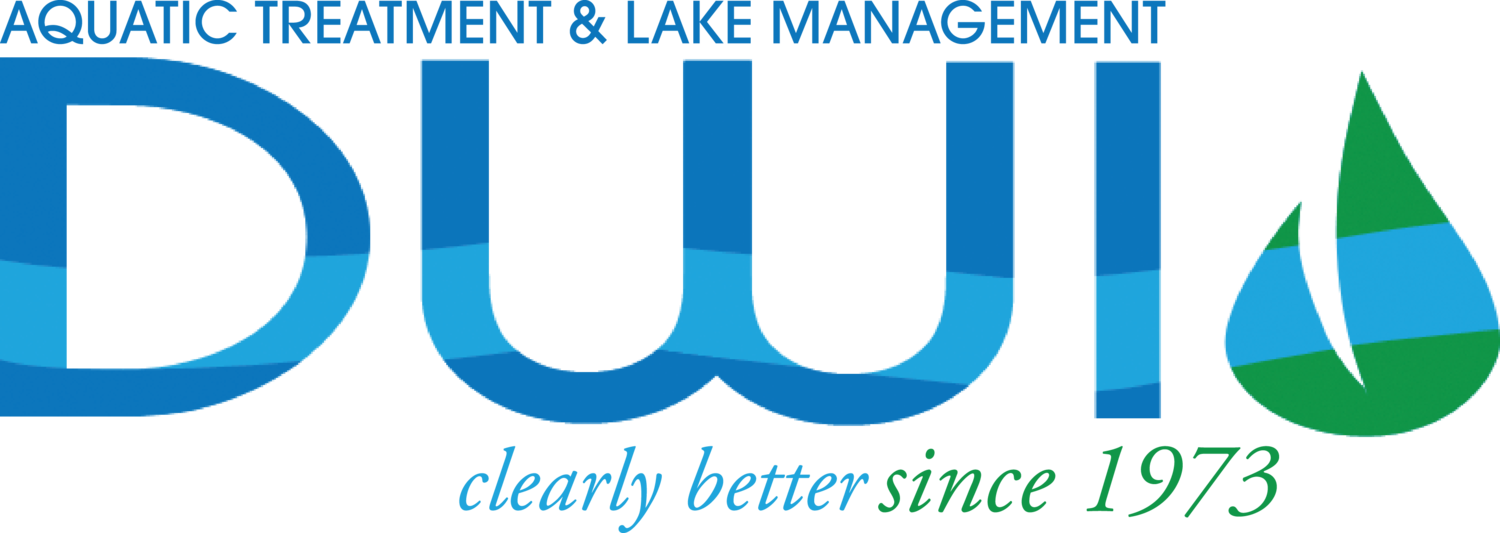By Patrick Simmsgeiger, Founder of DWI
Maintaining a decorative waterscape is more complicated than one might think. Some streams, lakes, and ponds require only simple preventive measures, while others can be huge challenge. This is an area where aquatic professionals can be of great help to you.
Problem
Organisms in the water build up on waterscape surfaces. Phosphate, nitrogen, and organic materials provide nutrition, contributing to their growth. This problem will continue unless intervention occurs.
The problem is fueled by:
Runoff fro overwatering adjacent fertilized turf. Nutrients in the fertilizer stimulate growth, thus nurturing the problem.
Trees near the waterscape. Debris from tree leaves is another major source of nutrients.
Dumping of grass clippings into the water. Grass clippings come from tips, where nitrogen and phosphorus nutrient level is highest.
Use of reclaimed water. The nutrient load and high salt content of reclaimed water leads to color, odor, and algae problems.
Solutions
The best solution is to restore balance by ensuring adequate circulation, manageable, nutrient levels, proper aeration, and use of equipment and approved chemicals to control contaminants.
Restoring balance can be helped by:
Adding products which slow down biological contamination.
Running filters for at least twelve hours daily, to ensure proper filtration and oxygenation, and to prevent the water from becoming stagnant.
Blocking sunlight, thus retarding growth of undesirable organisms.
Proper design. For example, depth and shape affect circulation and filtration, debris from trees and fertilized turn has a major impact, and a properly placed aerator will keep water circulating and oxygen-recharged.
Other Issues
Foam and soaps and dead organic material can be effectively treated with defoamers.
Loss of clarity can arise from minute particles in the water. First ensure proper aeration and circulation, then use a flocculent/ clarifier. This attaches like magnets to the contaminants, with the resulting heavier particles falling to the bottom. Addition of certain bacteria will enhance the water quality and clarity, and help digest sludge to the bottom.
Algae are problematic only if nutrients are present, which is common, Algae problems will not go away by themselves. First verify there is sufficient aeration and filtration, and then apply a product to control the algae. Some products “kill” everything quickly; others are gentler, and manage the algae while “killing” offensive plants. Enzymes can help boost these products. Once the desired algae level is reached, a biological method is recommended to maintain the sludge level.
Dyes can block sunlight and enhance attractiveness of the water color. This will inhibit production of chlorophyll, the food needed for growth. Once all problems are addressed, a dye that is safe for living creatures can be added.
Summary
Decorative waterscape is designed to provide an aesthetically pleasing appearance to the golf course. Waterscape problems can, instead, create the opposite effect. There is no single, easy solution. However, help is available from knowledgeable professionals who manage lakes, ponds, and streams daily, while striving for the delicate balance between nature and desired visual effects. This is an aquatic professional’s area of expertise. Don’t hesitate to call if you are having problems with your waterscape!



